Description
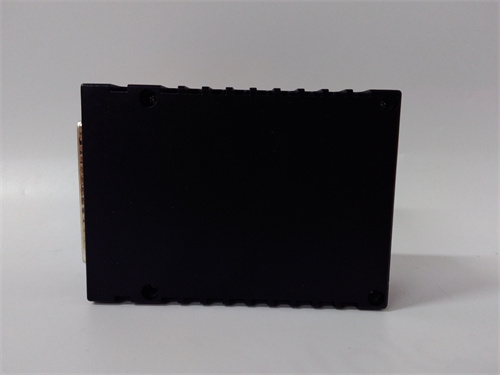
1. General Information
The IS220PRTDH1A is a resistance temperature detector (RTD) input module commonly used in industrial automation and control systems. It’s often part of a larger Programmable Logic Controller (PLC) or Distributed Control System (DCS) setup, enabling the monitoring of temperature through RTD sensors.
2. Product Overview
Function
- Temperature Sensing: Its primary function is to interface with RTD sensors. RTDs are sensors whose electrical resistance changes with temperature. The IS220PRTDH1A reads the resistance value from the RTD and converts it into a corresponding temperature value. This temperature data can then be used by the control system for various purposes, such as process control, equipment protection, and quality assurance.
- Signal Conditioning: The module performs signal – conditioning tasks on the input from the RTD. It amplifies the relatively small resistance – based signals, filters out noise, and linearizes the relationship between resistance and temperature for more accurate measurements.
Compatibility
- It is designed to be compatible with specific PLC or DCS platforms. Usually, it integrates seamlessly with the overall system architecture of the host control system, allowing for easy communication and data transfer between the module and other components like the central processing unit, human – machine interface (HMI), and other input/output modules.
3. Technical Specifications
Electrical Parameters
- Supply Voltage: Typically operates within a specific voltage range, such as 18 – 32 VDC. This wide range provides flexibility in different industrial power supply environments.
- Power Consumption: Low power consumption, for example, around 3 – 5 W, which helps in reducing energy costs and minimizing heat generation within the control cabinet.
Input Specifications
- Number of Channels: It may have multiple input channels, say 8 or 16, allowing it to connect to several RTD sensors simultaneously. This is useful in applications where multiple temperature points need to be monitored, like in a large – scale industrial process or a building’s HVAC system.
- RTD Types Supported: Commonly supports popular RTD types such as Pt100 (platinum RTD with a resistance of 100 ohms at 0°C) and Pt1000. These are widely used due to their high accuracy, stability, and linearity over a wide temperature range.
- Measurement Range: Can cover a broad temperature range, for example, from – 200°C to +850°C, depending on the RTD type used. This makes it suitable for a wide variety of industrial applications, from cryogenic processes to high – temperature manufacturing operations.
- Accuracy: Offers high – accuracy temperature measurements, with an accuracy of ±0.1°C to ±0.5°C, depending on factors like the RTD quality, operating conditions, and calibration.
Communication
- Interface: It uses a standard communication interface to communicate with the host control system. This could be an Ethernet – based interface (e.g., Modbus TCP/IP) or a serial interface (e.g., RS – 485 with Modbus RTU), enabling seamless data transfer and integration with the overall control network.
4. Advantages
High Accuracy
- The ability to provide accurate temperature measurements is crucial in many industrial processes. For example, in a chemical reactor, precise temperature control is necessary to ensure the correct chemical reactions occur. The high accuracy of the IS220PRTDH1A helps in maintaining the desired temperature within tight tolerances, leading to better product quality and process efficiency.
Multiple Channel Support
- With multiple input channels, it can monitor multiple temperature points without the need for multiple single – channel modules. This simplifies the system design, reduces wiring complexity, and lowers the overall cost of the temperature monitoring system.
Compatibility and Integration
- Its compatibility with specific PLC and DCS platforms means that it can be easily integrated into existing industrial control systems. This allows for quick upgrades or expansions of temperature monitoring capabilities without major system overhauls.
5. Application Areas
Industrial Manufacturing
- In metalworking processes such as forging, casting, and heat – treating, temperature control is critical for achieving the desired material properties. The IS220PRTDH1A can be used to monitor the temperature of furnaces, molds, and workpieces, ensuring consistent quality.
- In the food and beverage industry, it can monitor the temperature of ovens, refrigerators, and fermentation tanks. This helps in maintaining food safety standards, optimizing production processes, and preventing spoilage.
Power Generation
- For power plants, whether they are fossil – fuel, nuclear, or renewable energy – based, temperature monitoring is essential. The module can be used to monitor the temperature of generators, transformers, and cooling systems, helping to prevent equipment failures and ensure reliable power generation.
HVAC Systems
- In commercial and industrial buildings, it can be used to monitor the temperature in different zones, allowing for efficient control of heating, ventilation, and air – conditioning systems. This helps in maintaining a comfortable indoor environment while reducing energy consumption.
6. Installation and Maintenance
Installation
- The module is typically installed in a control cabinet. It should be mounted securely to avoid vibrations that could affect its performance. The RTD sensors need to be properly connected to the input channels, following the manufacturer’s wiring diagrams.
- Adequate grounding is necessary to prevent electrical interference and ensure accurate measurements. The power supply should also be properly connected within the specified voltage range.
Maintenance
- Regular calibration is recommended to maintain measurement accuracy. This can be done using calibrated temperature sources.
- Visual inspections should be carried out periodically to check for any signs of damage, loose connections, or corrosion.
- The module’s firmware may need to be updated from time to time to improve performance, add new features, or address security vulnerabilities.



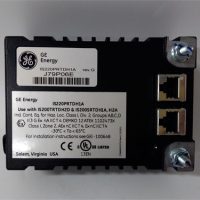
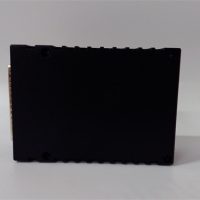



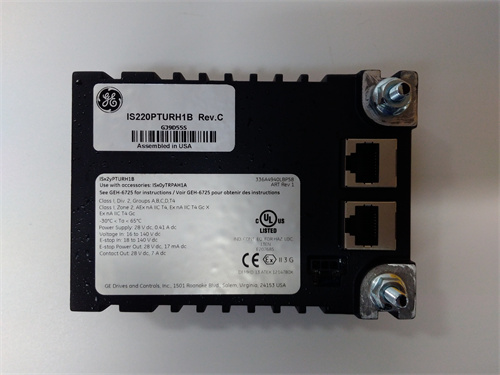
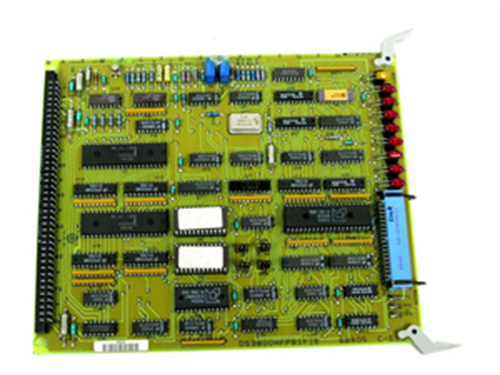
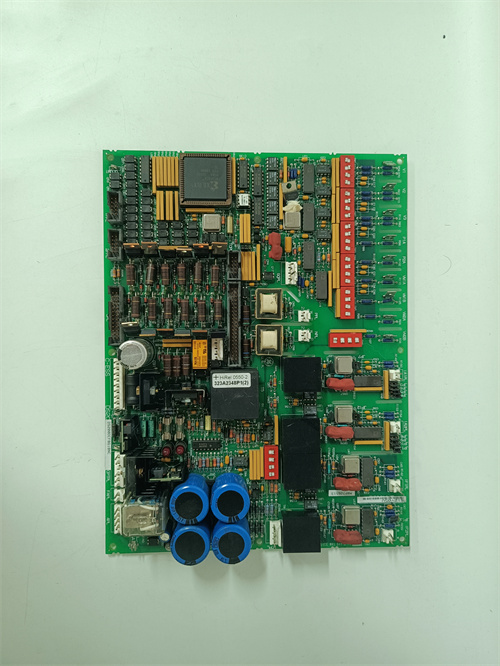
Reviews
There are no reviews yet.